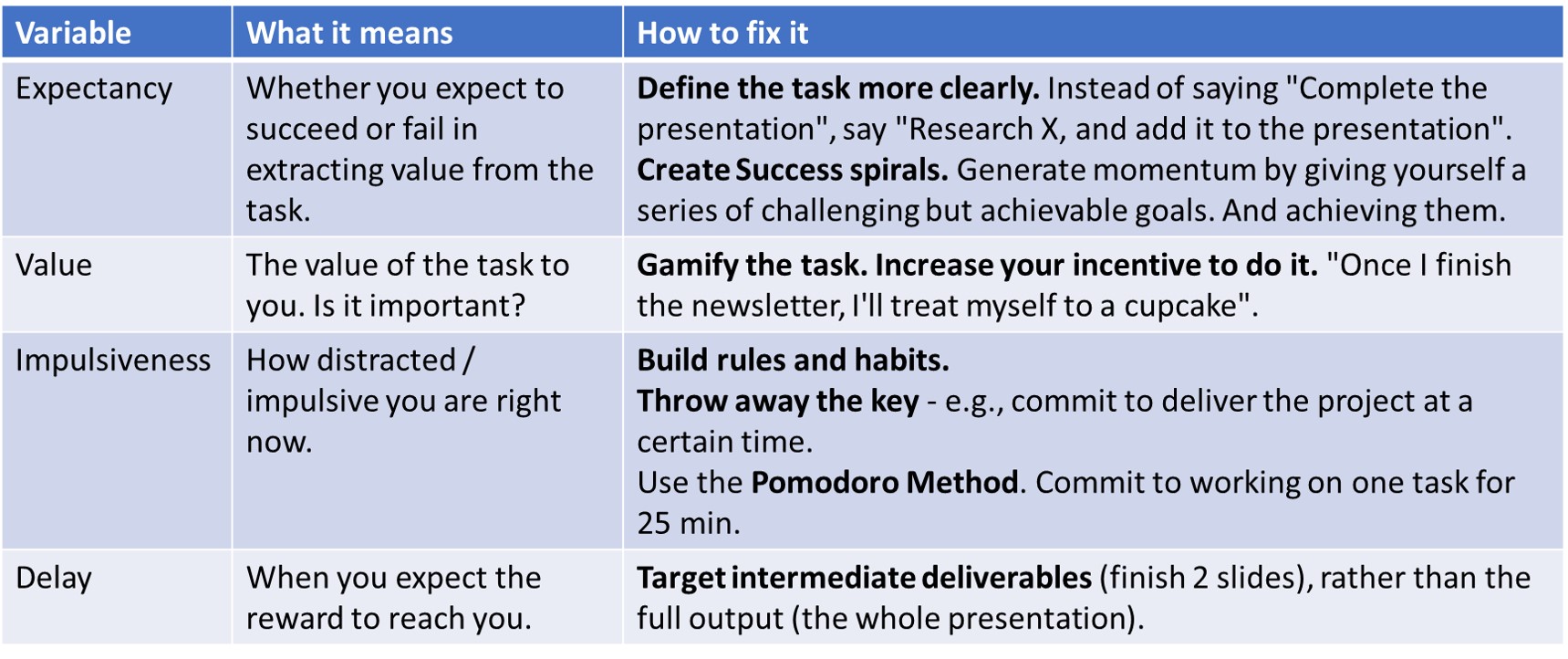[Note: I shared this mental model with my email subscribers on Jan 15, 2017. If you want to receive a new mental model every week, join the club.]
I complain about this often. And I’ve heard others grumble in a similar vein. Whether entrepreneurs, technologists, scientists, economists, you name it – “I wish I was born when all the action was happening.”
But here’s the thing – as Kevin Kelly says in You are not late, you can bet that in 2045, someone will say the same thing about 2015.
The last 30 years have created a platform, from which ever new exciting things can result. Whether it’s AI, virtual reality, nanobots, etc. – it’s likely that the key technologies of 2045 will be very different from the ones today.
So, next time you complain about being too late to create Microsoft or Google or Facebook or string theory, read this. You are not late.
But the article also illustrates a larger point – the power of exponential growth.
What it is:
That’s the best summary of exponential growth I’ve seen. Our brains can think only incrementally. But technology improves exponentially. Advancements pile on each other.
For a long time, nothing seems to be happening. Then all of a sudden, hypergrowth.
Credit: Mother Jones [http://www.motherjones.com/media/2013/05/robots-artificial-intelligence-jobs-automation]
It’s not for nothing that Einstein (is rumored to have) said, “Compound interest is the 8th wonder of the world.”
Examples:
- Moore’s Law: Gordon Moore’s prediction in 1975 that computing power would double every 18-24 months [I paraphrase] has held remarkably true. This regular doubling has given us PCs, mobiles, smartphones, and now AI.
- Adoption rates of consumer technologies: As this graph shows, adoption rates of consumer technologies are ever-accelerating.
- Look at any of the major growth stories of the last few years – Uber, Airbnb, etc. In each new market, they started small. No one noticed them, or worse, they dismissed them as irrelevant, non-scalable, or playthings of the rich. Till, suddenly, their dad started using them.
Rules to follow:
- When planning your career, try to work in sectors that are growing exponentially. Growth creates options.
- Don’t skate to where the puck is. Skate to where it will be. To requisition Wayne Gretzky’s memorable words, go where the future will be. Build skills that will be useful tomorrow.
Bottomline: The future will always be more different from today than today is from the past. The future adds a zero.
Ergo, the best time to start something new is NOW.
[fancy_box id=5][content_upgrade id=606]Want to get new mental models straight to your inbox? The next one arrives this Sunday – don’t miss it![/content_upgrade][/fancy_box]
Further Reading:
- Ray Kurzweil’s Law of Accelerating Returns. He’s applied this to make some mind-boggling predictions over the last few decades. And has got many of them right!
- The Inevitable [book]. And here’s another excerpt.
- Marc Andreessen’s Guide to Career Planning.
Linked to: Power Law
Filed Under: Mathematics & the Sciences
